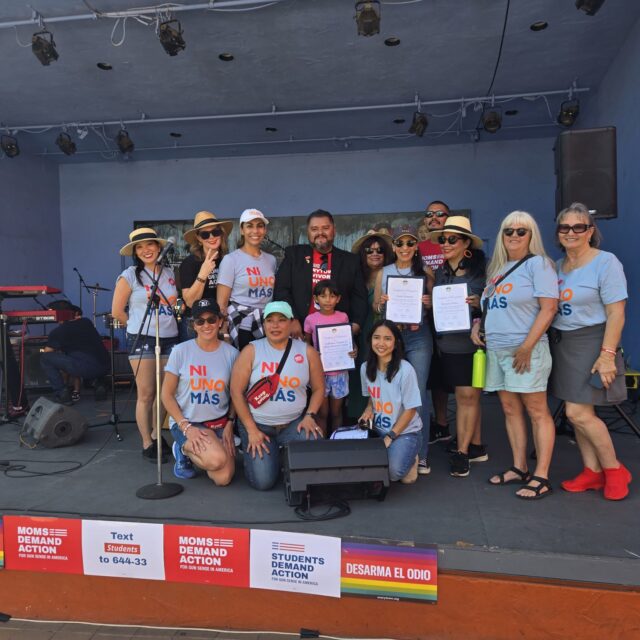Convening Leaders to Address Gun Violence in Latinx Communities
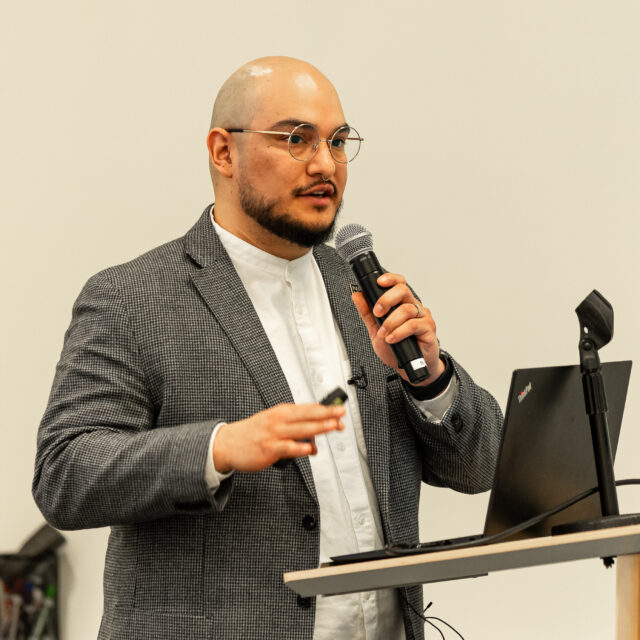
4.24.2024
Photo: Credit: ALAS Media
The 2024 National Latino Leadership Convening on Gun Violence was held in Los Angeles at the California Endowment. The Hope and Heal Fund spearheaded the event, bringing together 100 leaders from across the country to discuss the impact of gun violence on Latinx communities.
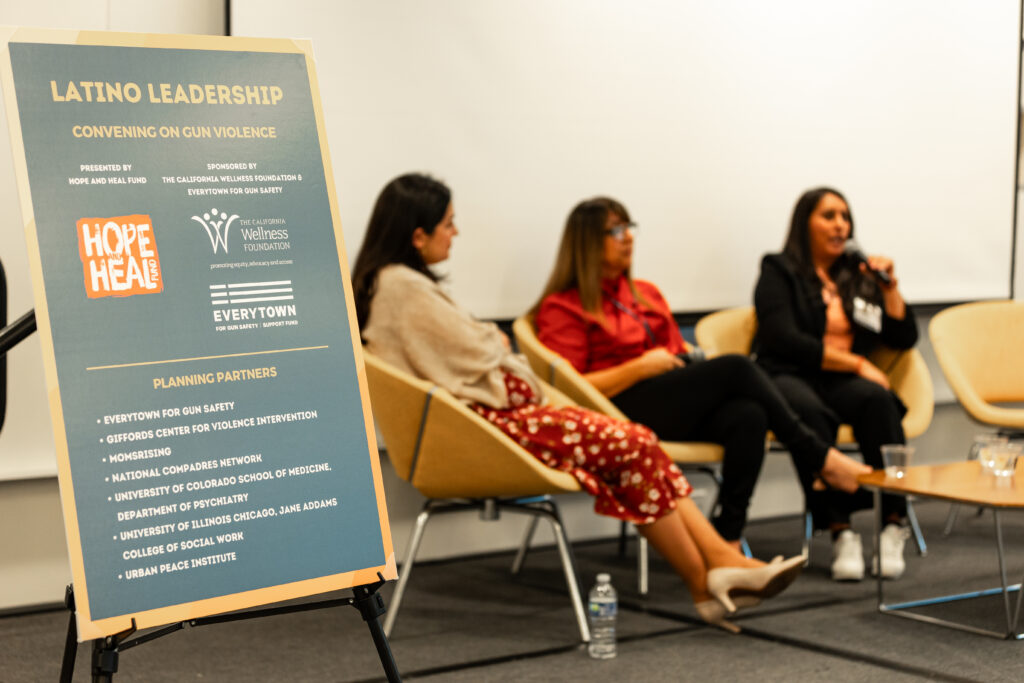
Everytown for Gun Safety was one of the principal sponsors and planners of the convening, with both Everytown staff members and Moms Demand Action volunteers in attendance. Participants came away from the event with a greater understanding of the breadth of gun violence issues and how they affect the Latinx community.
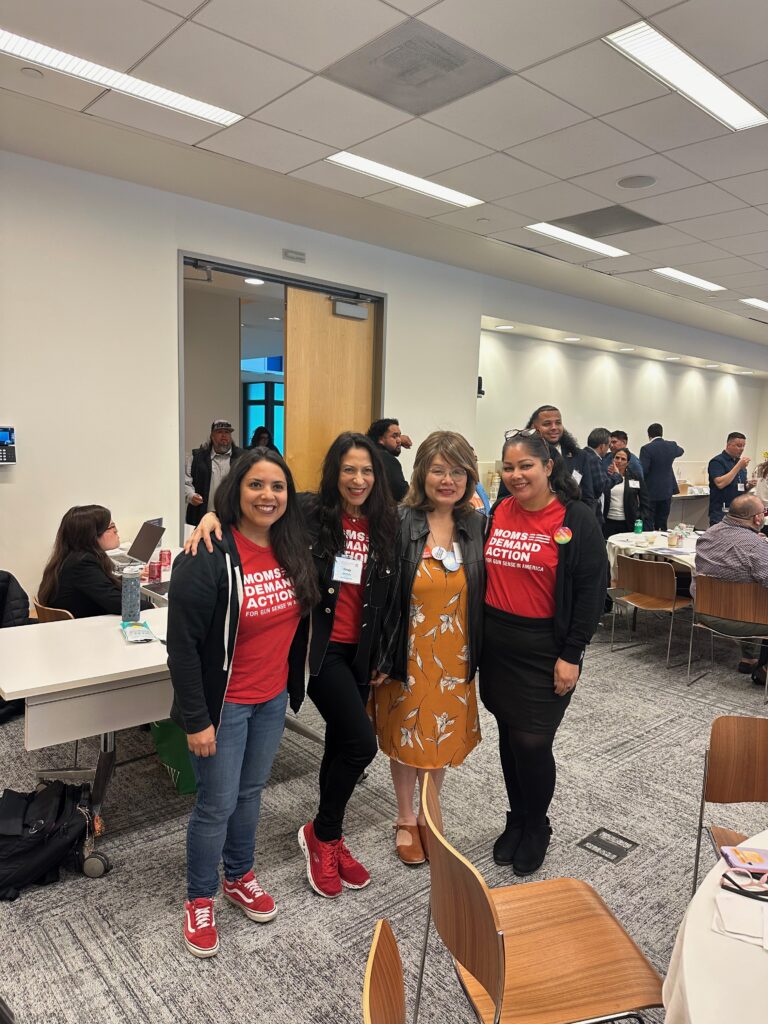
Those discussions came with the recognition that there are many solutions to the gun violence crisis that exist in advocacy spaces. However, the convening emphasized that many solutions stem from less formally recognized areas. These include authentic community violence intervention work and culturally relevant healing practices.
José Alfaro, Everytown’s Director of Latinx Leadership and Community Engagement, was on the planning committee and an invited speaker. He highlighted national-level data about the impact of gun violence on Latinx communities and what organizations can do to support the efforts to keep Latinx communities safe.
-
Why We Use Latinx
Developed by queer and trans Latin American communities in the United States, the term Latinx is a gender-neutral word designed to include gender-fluid, gender-expansive, and/or gender nonbinary people and other queer and trans communities on the gender spectrum.
Often used interchangeably, “Latinx” and “Hispanic” have different meanings: Latinx refers to people of Latin American origin, while Hispanic refers to people of Spanish-speaking origin.
Latinx is used here when referring to both Hispanic and Latinx communities, and Hispanic is used otherwise. The term Latinx does not replace Latino- or Latina-identifying people, but rather strives to acknowledge all members of this community.
Latinx people in the United States are two times as likely to die by gun homicide as white people. Nearly two-thirds of gun deaths among Latinx people are homicides. This is inverse to gun deaths in the nation overall, where two-thirds of gun deaths are suicides.
5,300
Each year, nearly 5,300 Latinx people die from gun violence in the US.
Everytown Research analysis of CDC, WONDER, Provisional Mortality Statistics, Multiple Cause of Death, 2019–2023. Latinx defined as all races of Latinx origin.
Last updated: 11.8.2024
In conversations with the Everytown Latinx Engagement Team, Latinx community members highlighted several types of gun violence that impact them. These included:
- Domestic violence;
- Police violence;
- Hate-related violence;
- Gun suicide; and
- City violence in the form of gang violence.
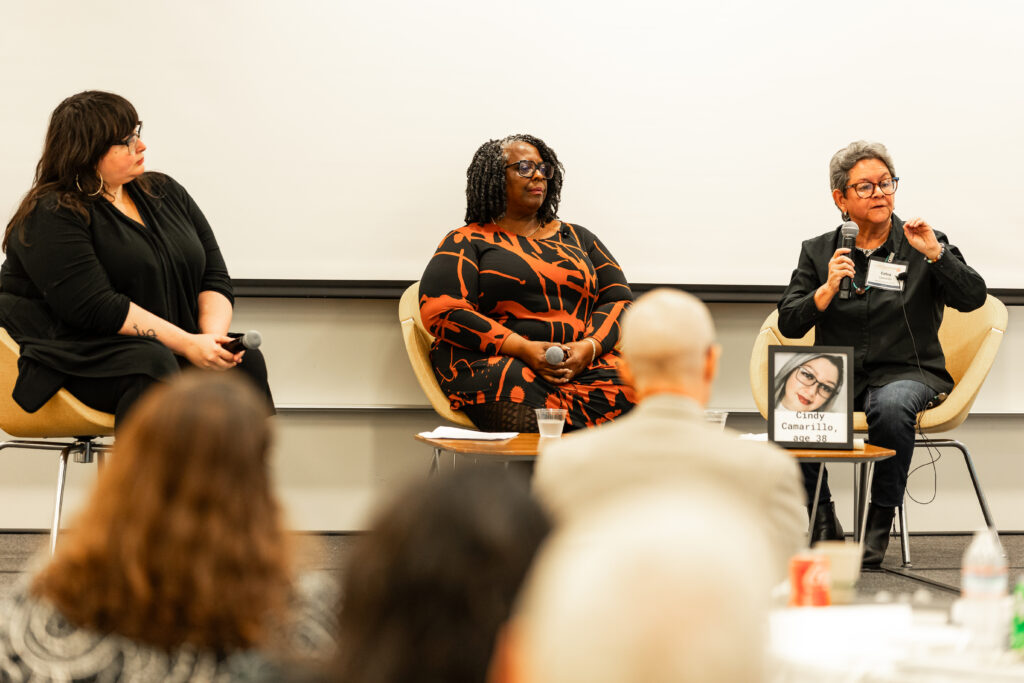
In Latinx communities, gun violence is the end result of cultural, systemic, structural, and policy neglect. The confluence of these factors creates environments where violence can thrive.
Combating gun violence in Latinx communities can be uniquely challenging. Some obstacles include:
- Language barriers and barriers to access to information;
- Taboos and cultural norms;
- Fear of anti-immigrant rhetoric and policies;
- Stereotypes and underrepresentation in the gun violence prevention movement; and
- Poor media coverage.
Latinx communities are impacted by structural inequities and gentrification. Additionally, the disproportionate impacts of gun violence can cause trauma. And due to disinvestment, communities often lack the resources to address the manifestation of this trauma on the body and mind.
These impacts, as well as many others, are one reason that the Hope and Heal Fund initiated the convening. It was created by and for Latinx leaders to ensure a common understanding about gun violence and prevention strategies. Critically, it connected leaders from Latinx-led organizations and gun violence prevention organizations to help better equip them with tools and knowledge to address the crisis of gun violence in Latinx communities.
Information was delivered through a variety of sessions on topics including:
-
Special Focus on Gender Equity
This session elevated the Latinas transforming the Community Violence Intervention field. It emphasized the importance of addressing sexism within the CVI sector. It also discussed women’s unique opportunities and strengths in programming and leadership.
-
Data Dive
This session provided nationwide data about how gun violence impacts Latinx communities. It also included information on the geographic specifics of gun violence in California.
-
Trauma and Healing
Attendees discussed how gun violence impacts grief, trauma, and healing in Latino communities.
-
Community Violence Intervention (CVI)
Attendees explored the impactful role of CVI in curbing gun violence within our communities. They also discussed what the broader gun violence prevention movement can learn from CVI.
-
Gun Trafficking
These sessions centered around the impact of gun trafficking on both sides of the border. Learning also focused on how U.S. guns in Latin America impact root causes of violence and migration.
-
Next Steps: Where Do We Go From Here?
The session outlined specific community safety and violence prevention needs of Latinx communities. Attendees also learned next steps for Latinx communities to address gun violence.
The convening also highlighted an existing gap for Latinx communities in the data and research needed to justify the implementation of programs and funding to end gun violence. Anti-immigrant rhetoric and political hostility against Latinx folks have contributed to this gap. These circumstances can lead people to fear filling out paperwork or elevating gun violence cases to law enforcement, worsening the data gap.
Many community-centered solutions are currently filling the gap to address trauma from gun violence. These include culturally relevant healing practices like círculos and “sweats.” Organizations like Everytown have a role to play in this work as well. That help can take the form of breaking through gaps in funding, data, and research to increase structural support for community-oriented solutions.
The conference created a safe space for leaders to share their stories and be their authentic selves. Attendees from all over the country with diverse lived experiences shared their stories, interwoven with the conference’s overarching goal, underscoring the critical need for tailored, community-driven solutions that honor cultural identity and leverage community wisdom in the fight against gun violence.
—The Hope and Heal Fund, on the National Latino Leadership Convening
The 2024 National Latino Leadership Convening proved to be an important space for Latinx leaders and organizations. Attendees shared firsthand stories, perspectives, and experiences on how gun violence impacts them and their communities. These discussions fostered a strong sense of community and connection among leaders and partners. Together, they left the convening with a stronger sense of the specific roles that research, CVI, and civic engagement play in ending gun violence.
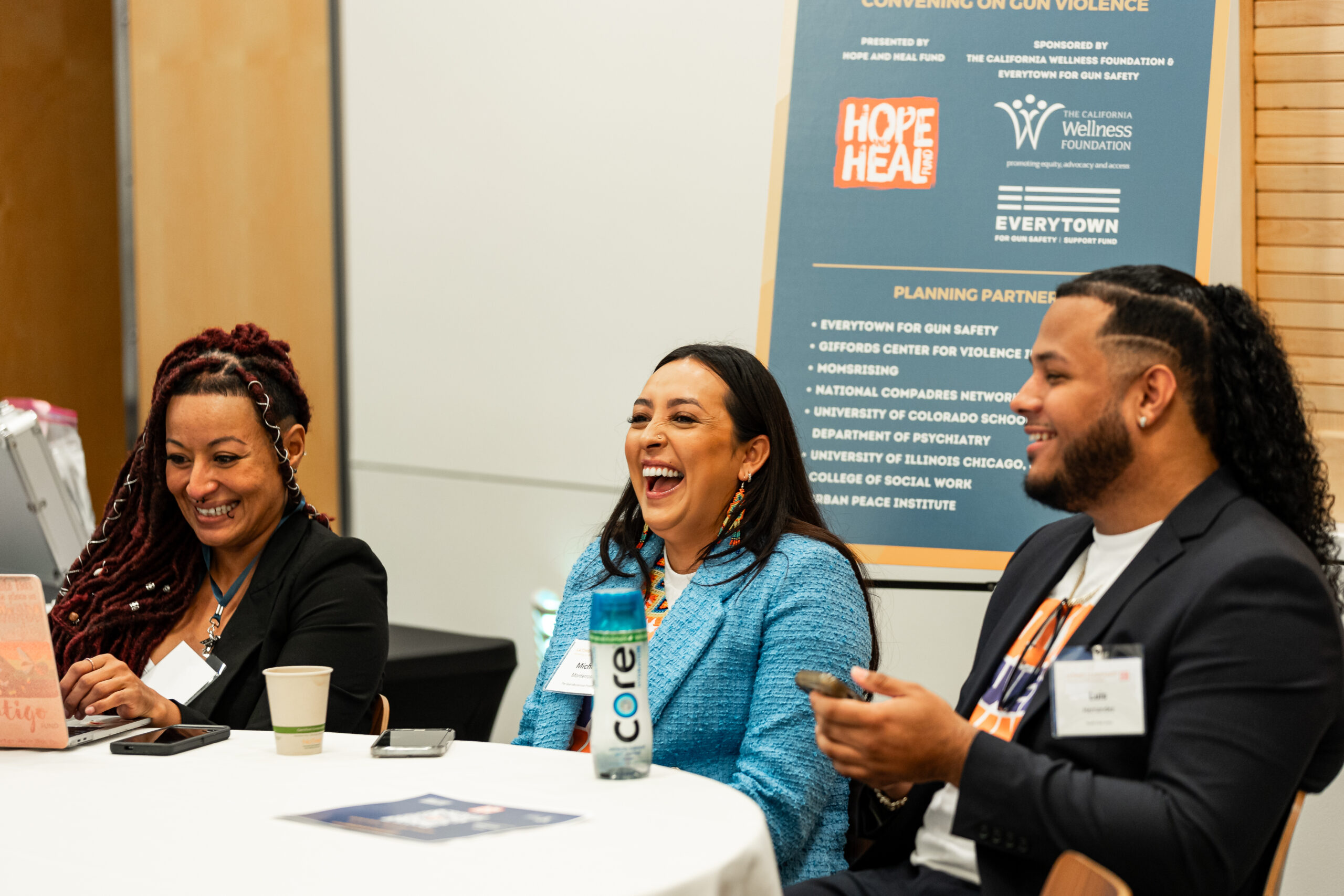
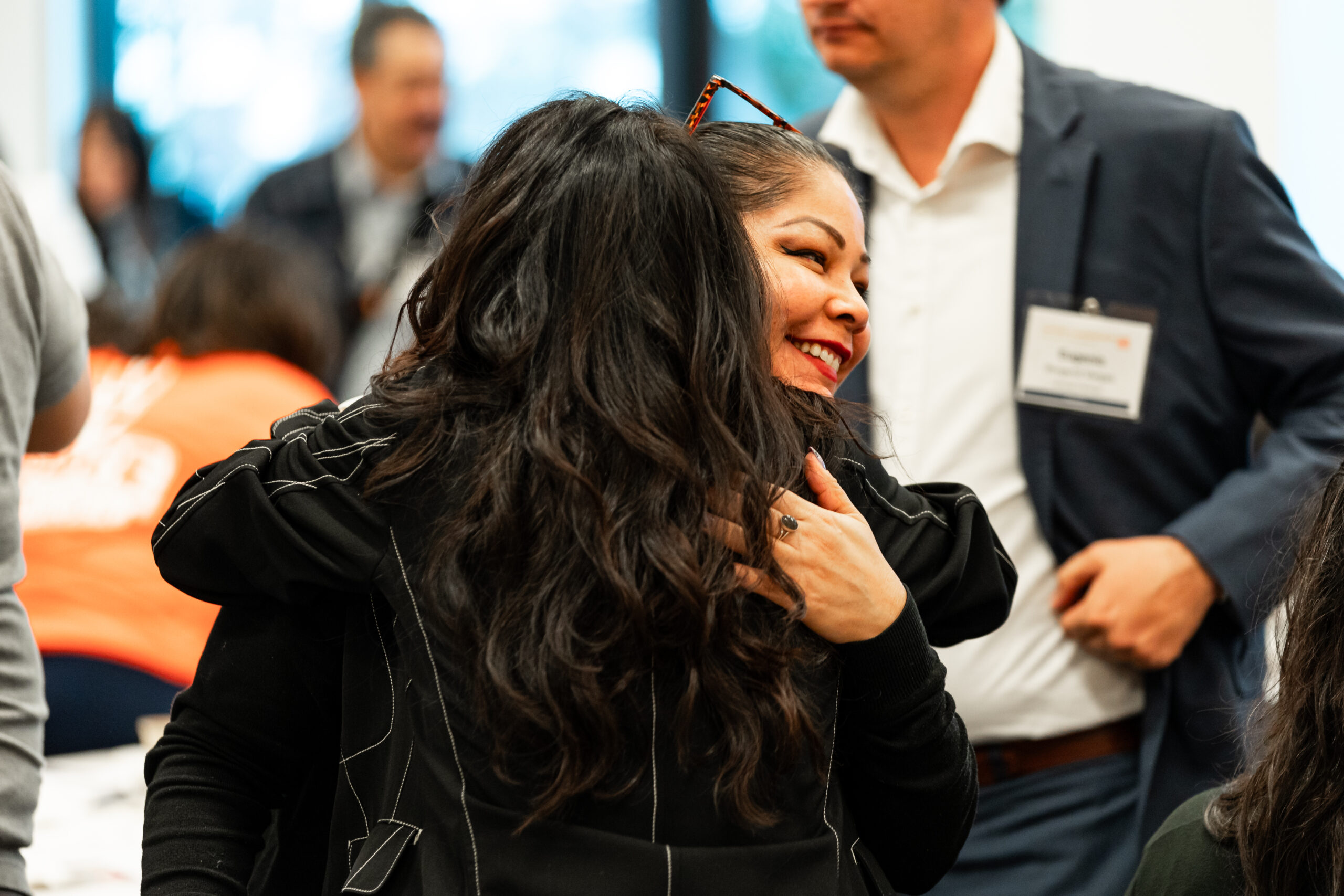
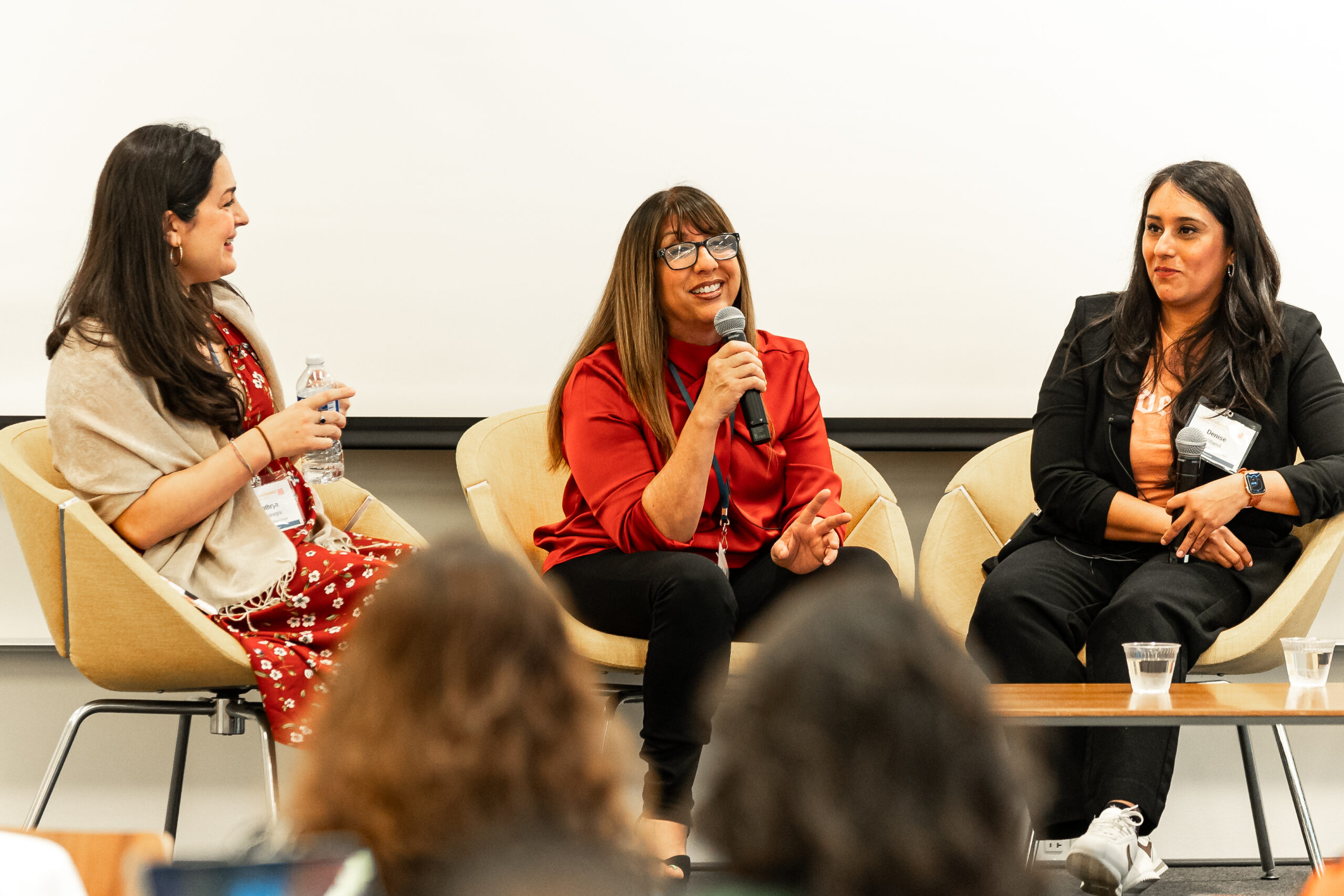
Everytown is committed to implementing what we learned from this convening. We look forward to continuing to grow new and existing partnerships to meet the specific needs of the Latinx community in the gun violence prevention space.


